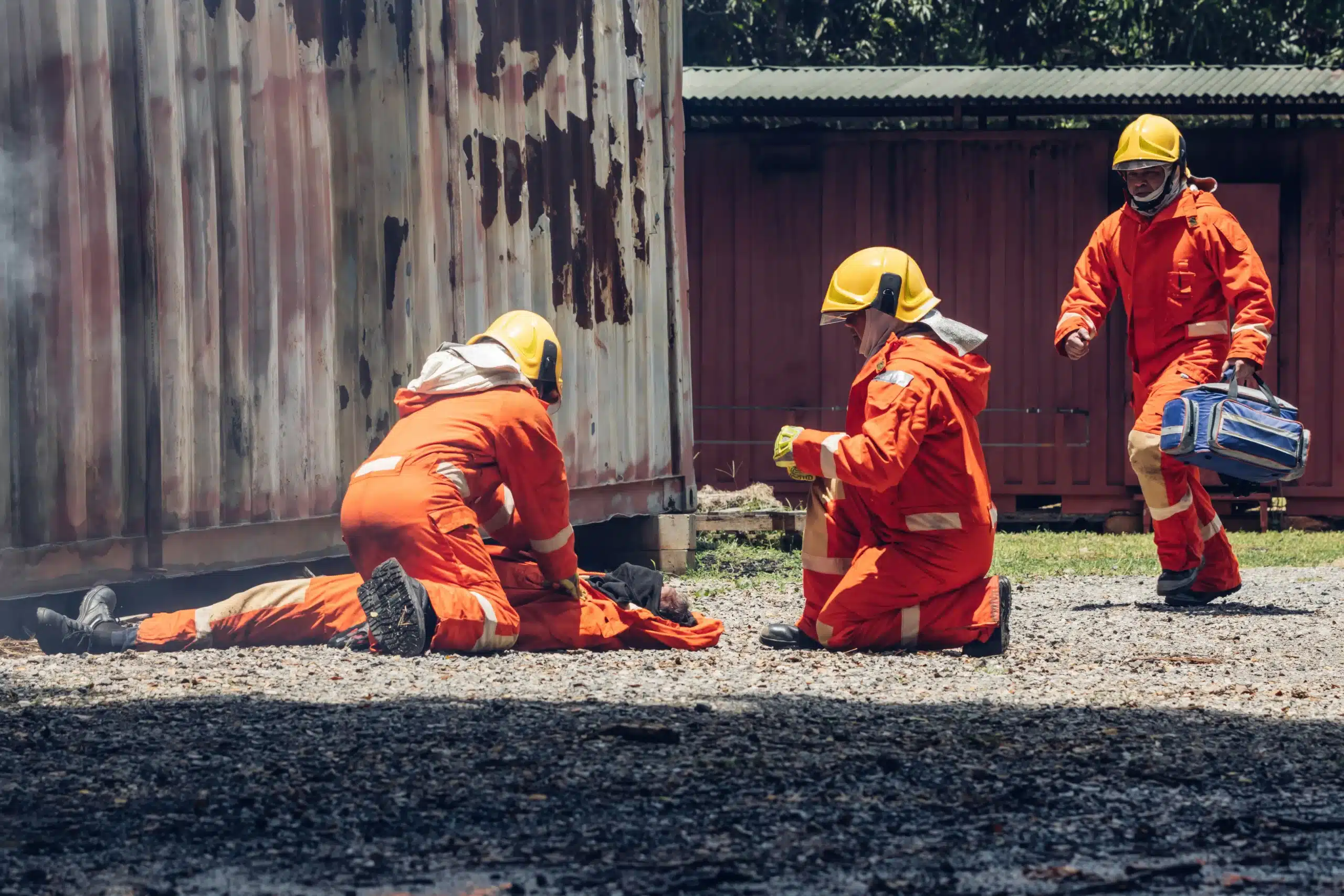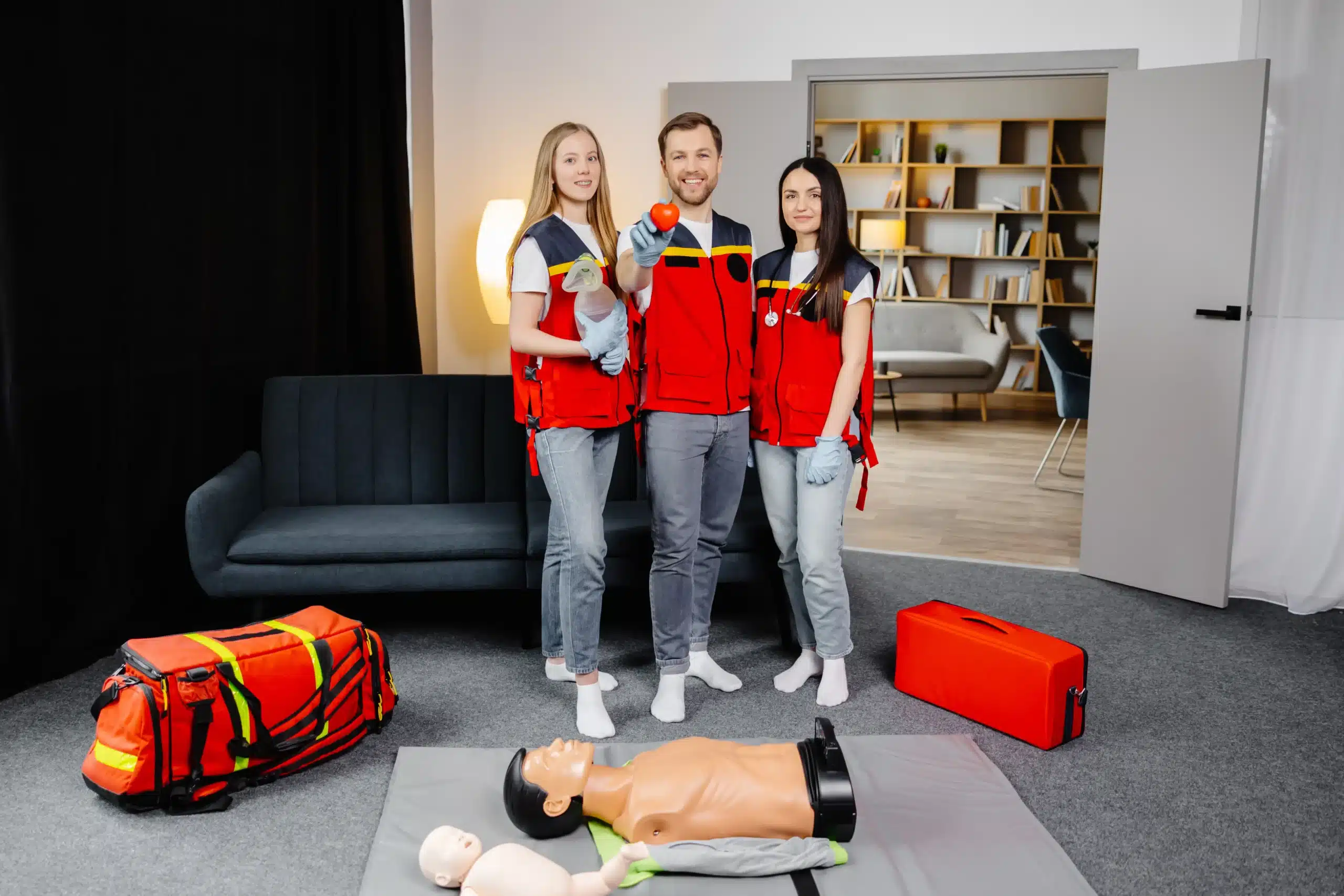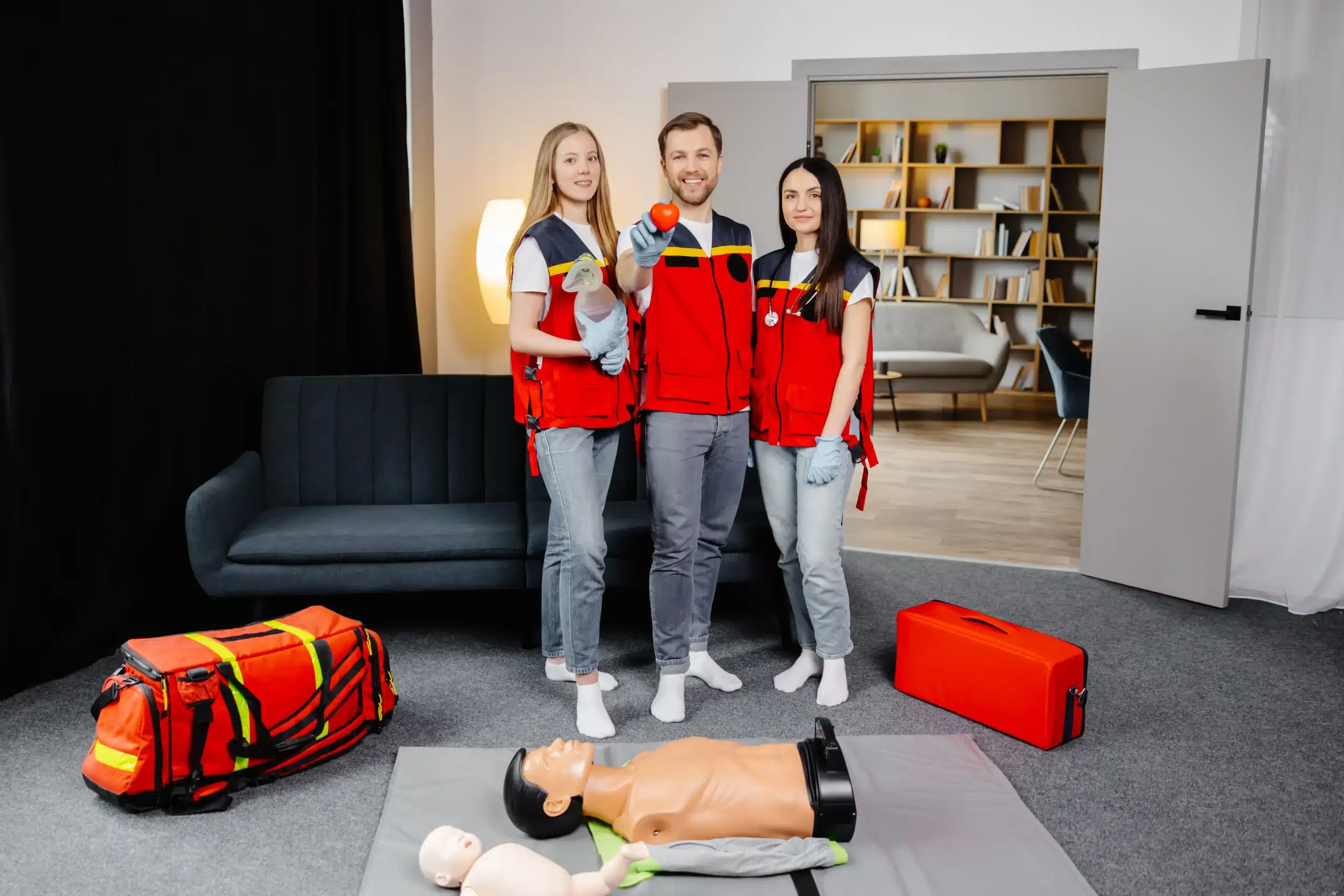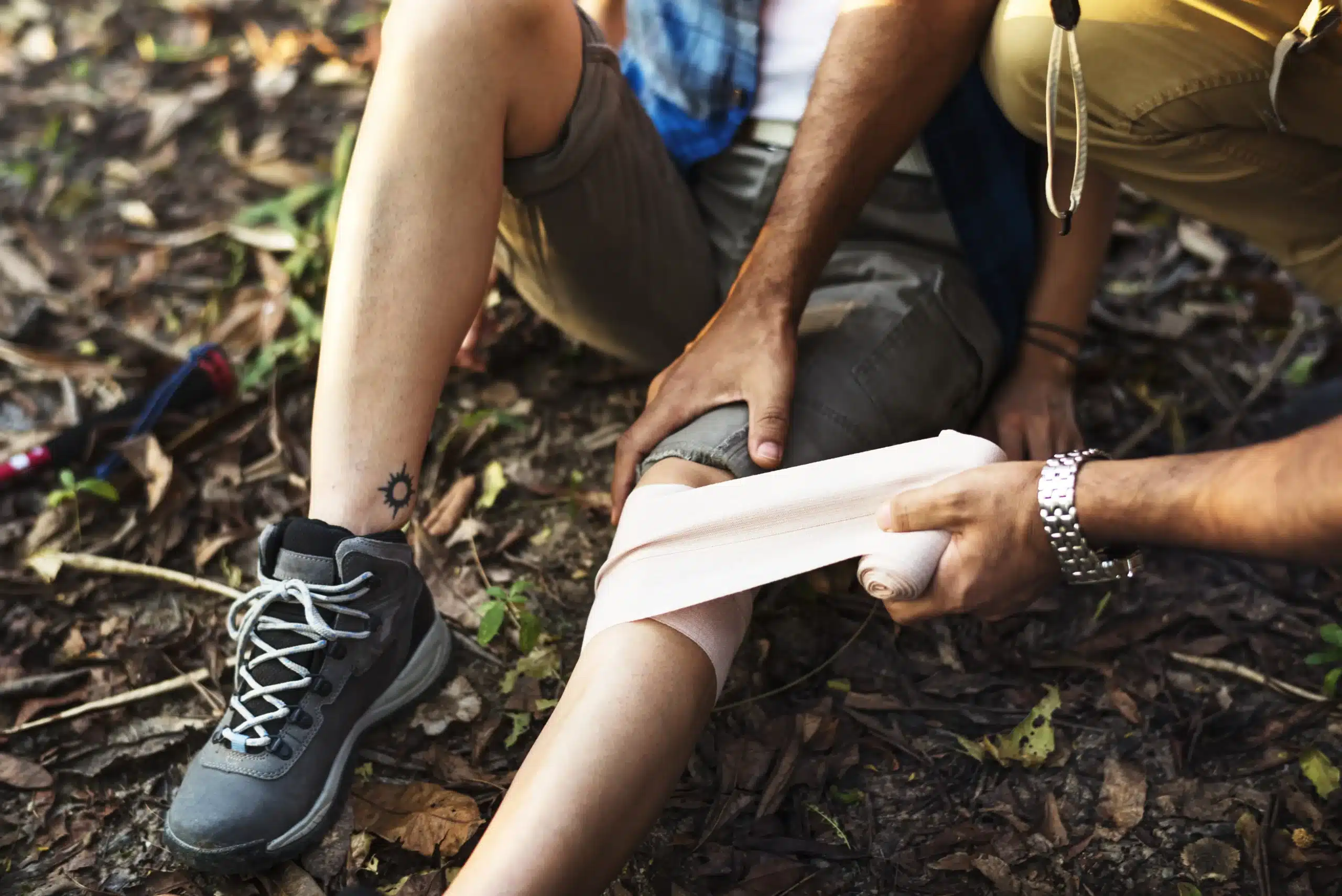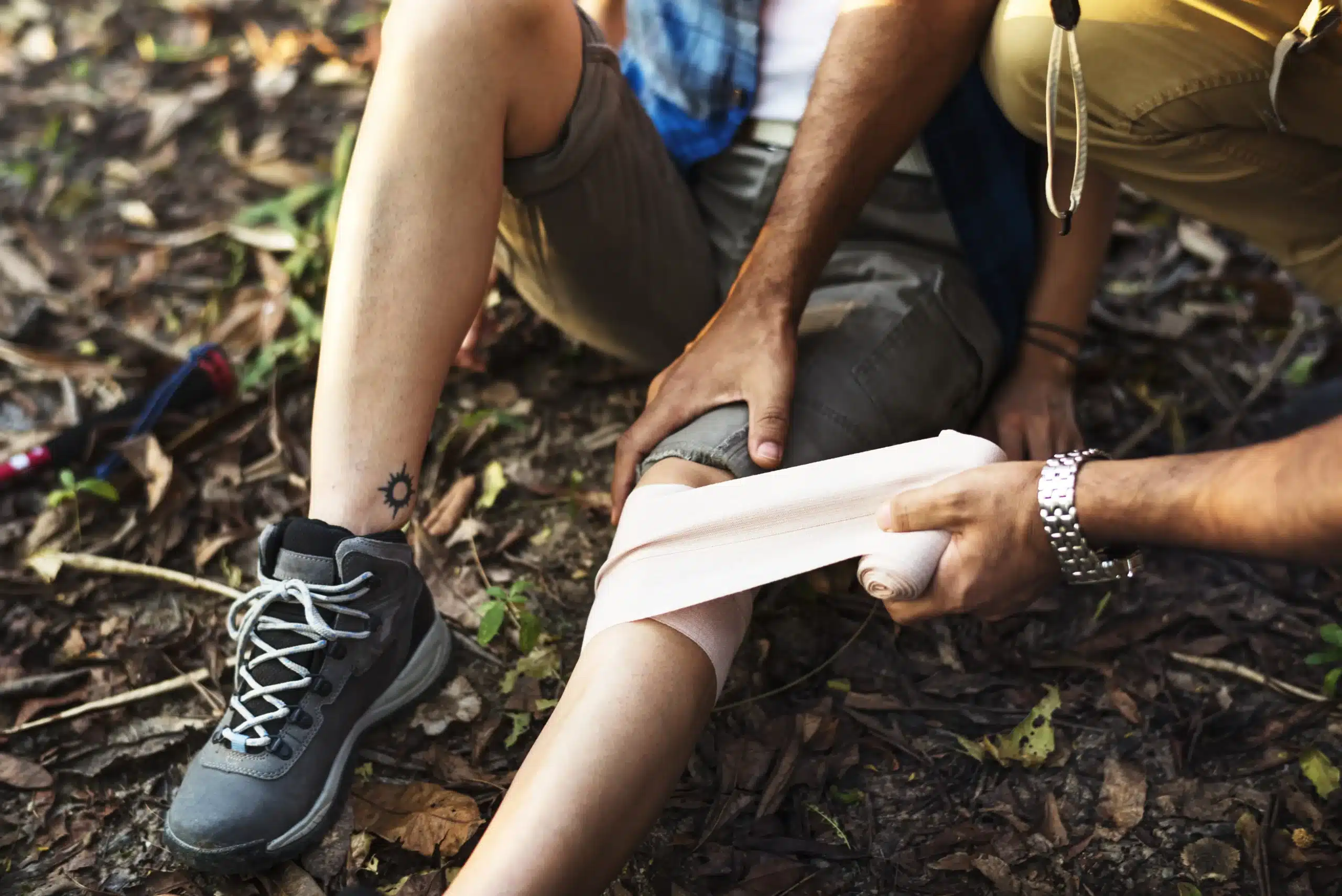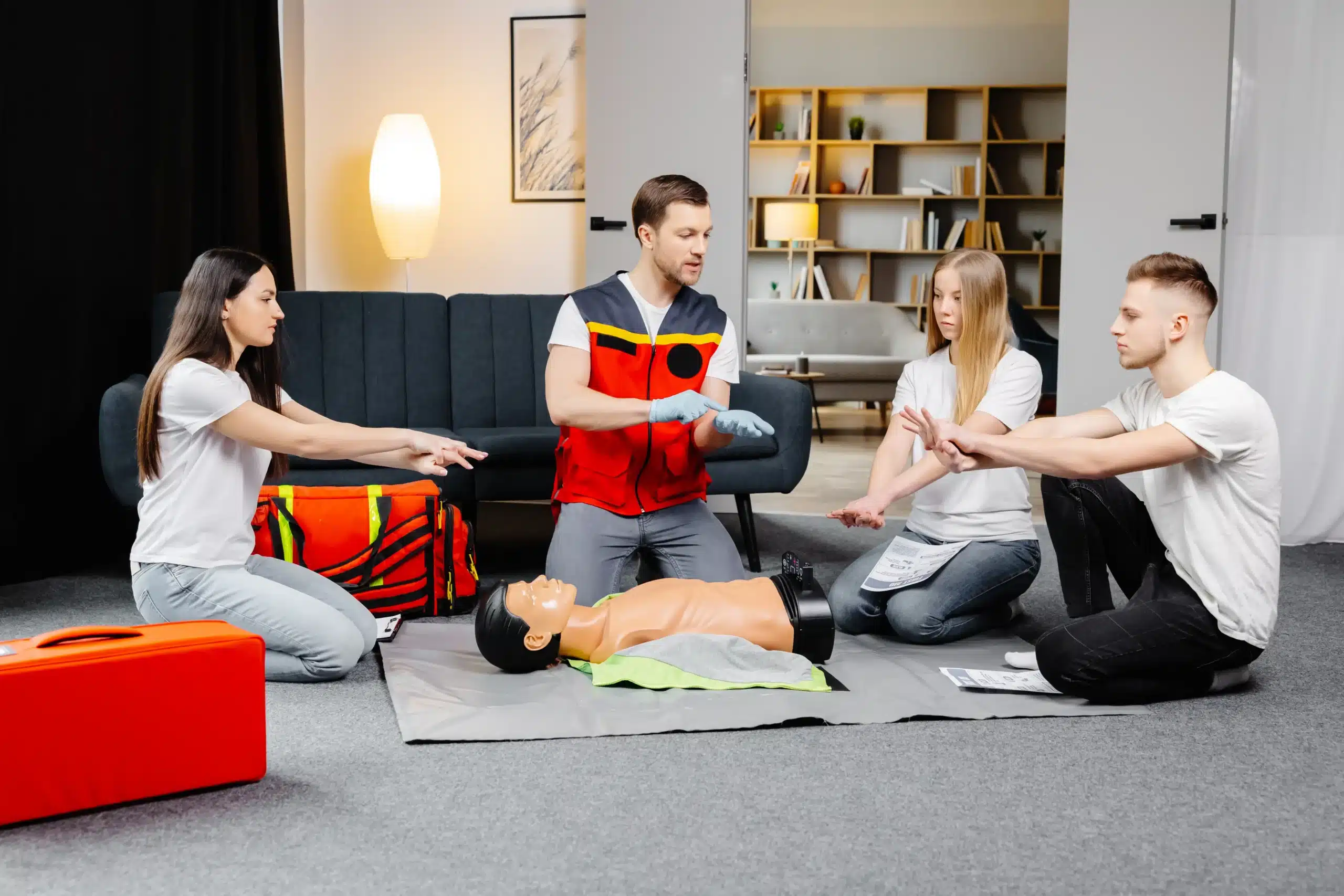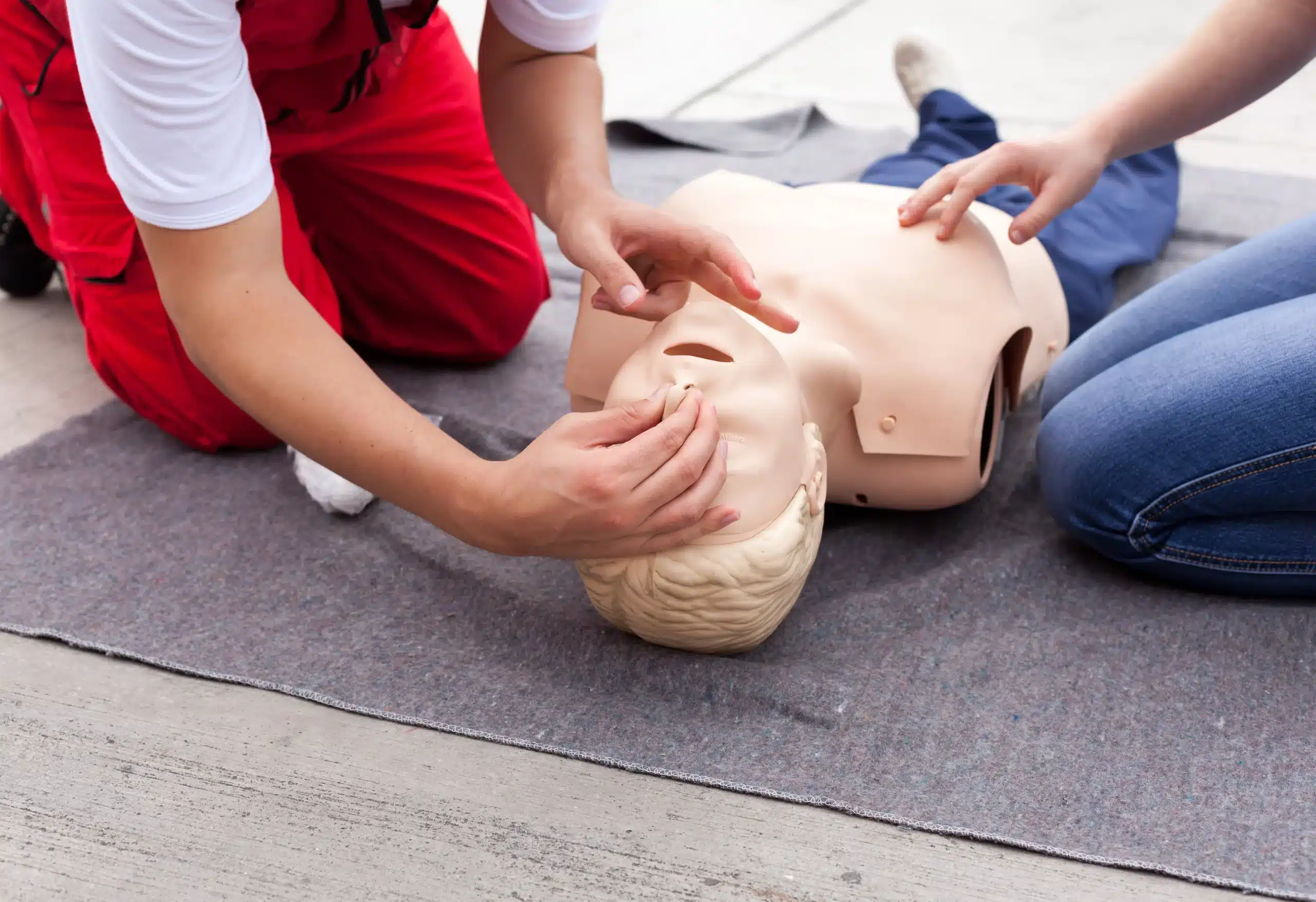Life with kids is full of bumps, bruises, and unexpected events. While we can’t prevent every mishap, we can equip ourselves with the knowledge and skills to respond effectively in emergencies. This guide focuses on pediatric CPR and first-aid in Napa, providing valuable resources and training information for parents, caregivers, educators, and anyone who works with children. We’ll discuss the importance of understanding the differences between adult and child CPR, debunk common misconceptions, and connect you with local training providers like Safety Training Seminars, offering convenient and affordable courses.
Key Takeaways
- Pediatric CPR and first aid are essential life-saving skills. Equipping yourself with these skills through proper training can make a profound difference in a child’s outcome during an emergency.
- CPR and first aid techniques for children differ significantly from adult techniques. Training tailored to pediatric emergencies ensures you can respond safely and effectively.
- Preparation is key to handling emergencies confidently. Create a safe home environment, assemble a well-stocked first aid kit, and stay up-to-date with the latest training and best practices.
What is Pediatric CPR and First Aid?
Defining pediatric CPR and first aid
Pediatric first aid and CPR are distinct yet complementary skills. First aid addresses immediate treatment for injuries like cuts, burns, or allergic reactions. Pediatric CPR focuses on restoring breathing and circulation in a child or infant whose heart has stopped. Both are critical for responding effectively to emergencies involving young children. Equipping yourself with these skills through a pediatric first aid course can significantly impact a child’s outcome.
Why these skills are crucial
Learning CPR can dramatically improve a child’s chances of survival during a cardiac event. When a child’s heart stops, immediate intervention is paramount. CPR can double or even triple their odds of survival. BLS training provides the knowledge and practice to perform CPR effectively and confidently, including how to use an AED. These skills empower individuals to act quickly and potentially save a life.
Key differences between adult and pediatric techniques
While the core principles of CPR remain consistent across age groups, there are important distinctions between adult and pediatric techniques. Children have smaller airways and chests, requiring adjustments to the force and depth of compressions and rescue breaths. For instance, infants require a different CPR technique than older children. Understanding these differences is essential for providing safe and effective care.
Common misconceptions
One common misconception is that only medical professionals can perform CPR. Hands-only CPR, which emphasizes chest compressions, is a highly effective method recommended for anyone, even without formal medical training. Dispelling myths about CPR empowers more people to act confidently in emergencies, knowing their actions can make a real difference.
Learn Essential Pediatric CPR & First Aid Skills
Knowing how to respond to pediatric emergencies can make all the difference. These skills empower you to act quickly and confidently when a child’s life is on the line. This section covers the core skills taught in pediatric CPR and first aid classes.
Recognize emergencies in children and infants
From a sudden allergic reaction to a near-drowning incident, emergencies involving children can unfold quickly. Learning to recognize the signs of distress—changes in breathing, skin color, or responsiveness—is the first step to providing effective aid. Pediatric first aid training gives parents and caregivers the skills to assess these situations and determine the appropriate course of action.
Perform CPR on infants and children
CPR is a life-saving technique that can help restore blood circulation and breathing in an emergency. However, the techniques for performing CPR on infants and children differ from adult CPR. CPR training ensures you understand these crucial differences and can administer CPR safely and effectively. Knowing how to perform CPR can dramatically increase a child’s chances of survival, especially in cases of cardiac arrest. This resource on BLS offers further information on its importance in pediatric emergencies.
Manage choking
Choking is a terrifying experience for both the child and the caregiver. Pediatric first aid and CPR training teaches you how to recognize the signs of choking and perform appropriate techniques to dislodge the obstruction. Quick action is essential, and training can equip you with the confidence to handle choking emergencies effectively.
Address common injuries and illnesses
From minor cuts and scrapes to sudden fevers, children experience a range of injuries and illnesses. Pediatric first aid training covers how to address these common ailments, providing practical advice on when to seek professional medical attention and how to provide immediate care. This knowledge can offer peace of mind, knowing you can handle everyday situations and keep children safe. This article on pediatric first aid offers additional insights.
Use an AED for pediatric emergencies
An AED (automated external defibrillator) can be a life-saving device in cases of sudden cardiac arrest. Pediatric first aid training often includes instruction on how to safely and effectively use an AED on a child. Understanding the specific protocols for pediatric AED use is crucial, as it differs from adult application. The Heartsaver Pediatric First Aid CPR AED course provides comprehensive training in these techniques.
Find Pediatric CPR & First Aid Training in Napa
Knowing where to find quality training is the first step to becoming certified in pediatric CPR and first aid. Napa offers several options to fit your schedule and learning style.
Safety Training Seminars Courses
Safety Training Seminars, a woman-owned AHA Training Center, offers high-quality American Heart Association (AHA) courses, including BLS, ACLS, PALS, CPR, and First Aid. They prioritize convenient scheduling and provide courses seven days a week. Visit their website for a current schedule and course details. They also offer the lowest prices in Napa County.
Other Local Training Providers
Napa Valley College also hosts an AHA-certified CPR Training Center. This center provides various CPR and first aid courses designed for specific groups, including K-12 schools, childcare providers, and community members.
Flexible Learning Options
Many training centers offer flexible learning options to accommodate busy schedules. The Napa CPR Training Center provides in-person and blended learning formats, allowing you to choose the best fit for your needs. When researching courses, ask about the available learning formats.
Community Resources
Community Resources for Children (CRC) offers valuable resources and support for childcare providers in Napa County. Their website features information on various topics, including CPR and first aid training opportunities. CRC is a helpful starting point for finding information and connecting with other childcare professionals.
Who Needs Pediatric CPR & First Aid Training?
Knowing how to respond to a medical emergency involving a child is a powerful skill. While we all hope we never have to use these skills, having pediatric CPR and first aid training can make all the difference. But who should get trained? The short answer is: everyone can benefit. However, some groups, in particular, benefit from this specialized training.
Parents and Caregivers
As a parent or caregiver, you’re the first line of defense in your child’s safety. Pediatric first aid training gives you the skills to confidently handle everything from minor scrapes to more serious situations. Knowing how to react quickly can significantly impact a child’s outcome in an emergency. Online pediatric first aid courses offer a convenient way to learn these essential skills, fitting easily into busy schedules.
Childcare Professionals and Educators
For those working with children, pediatric first aid and CPR training is essential. Early childhood educators, daycare providers, and other childcare professionals are entrusted with the well-being of young children throughout the day. This training provides the practical skills and confidence to act swiftly and effectively in critical situations, creating a safer environment for the children in their care. These skills are not just valuable—they are often required by licensing agencies. Check with California’s licensing requirements to confirm. Pediatric first aid and CPR training is crucial for anyone working with children.
Healthcare Workers
Healthcare providers, including doctors, nurses, and EMTs, frequently encounter pediatric emergencies. BLS (Basic Life Support) training is crucial for these professionals, equipping them with the skills to perform CPR effectively and use an AED (Automated External Defibrillator) on infants and children. BLS training equips individuals with the skills to perform CPR effectively and use an AED, potentially saving a child’s life. These skills are often the first line of defense in a life-threatening situation and can significantly improve a child’s chances of survival. Regularly refreshing these skills is vital for maintaining proficiency. RQI classes offer a flexible way for healthcare professionals to stay up-to-date.
Community Members
Even if you don’t work with children regularly, having pediatric CPR and first aid knowledge can make you a valuable asset to your community. Being prepared to assist a child in need can bring peace of mind and create a safer environment for everyone. Consider taking a class with friends or family members—it’s a great way to learn together and be prepared for anything. You can find local CPR and first-aid classes right here in Napa at Safety Training Seminars.
The Importance of Widespread Training
The more people trained in pediatric CPR and first aid, the safer our communities become. Widespread training creates a network of prepared individuals ready to respond to emergencies, potentially saving lives. The Red Cross highlights the impact of widespread training, reporting that millions of people train in first aid, CPR, and AED use each year. This collective effort strengthens community preparedness and resilience. Consider becoming part of this network and contact us to sign up for a class today.
Legal Requirements & Certification
Knowing the legal requirements for CPR and First Aid certification, especially if you’re a childcare provider in California, is essential. This section clarifies these requirements and emphasizes staying up-to-date with your certifications.
California Regulations for Childcare Providers
California has specific regulations for childcare providers regarding CPR and First Aid certifications. For example, those going through the Resource Family Approval (RFA) process in Napa County must complete pre-approval and annual training hours, in addition to maintaining their CPR/First Aid certification. These regulations underscore the state’s commitment to ensuring caregivers are prepared for emergencies.
Certification and Renewal
Beyond the legal requirements, holding a current pediatric first aid certification offers invaluable peace of mind. Knowing you can respond to a child’s medical emergency makes all the difference. Regularly renewing your certification demonstrates your commitment to providing high-quality care and ensures you’re familiar with the latest best practices.
Impact of Training on Survival Rates
The impact of proper training on survival rates in pediatric emergencies is critical. Immediate CPR can significantly increase a child’s chances of survival after cardiac arrest. BLS training, which includes CPR and AED instruction, equips people with the skills to respond confidently and potentially save a life.
Retain Your Skills Effectively
Even after receiving your initial certification, regular refresher courses are crucial for retaining these life-saving skills. Participating in these refresher trainings helps ensure you’re always prepared to handle emergencies and provide the best possible care. Consider it an investment in your confidence and competence as a caregiver.
Prepare for Pediatric Emergencies
Knowing how to perform CPR and administer first aid is essential, but taking proactive steps to prevent emergencies and ensure you’re fully prepared can make all the difference. These steps will help you create a safer environment for the children in your life.
Create a Home Safety Plan
A comprehensive home safety plan is your first line of defense. Walk through your home and identify potential hazards, like unsecured furniture, poisonous cleaning supplies, and potential choking hazards. Once you’ve identified risks, take steps to mitigate them. Secure heavy furniture to the walls, store cleaning supplies out of reach, and keep small objects away from young children. Establish escape routes in case of fire and ensure everyone in the household knows what to do. A well-defined home safety plan empowers you to act quickly and confidently in an emergency.
Assemble a Pediatric First Aid Kit
Having a dedicated pediatric first aid kit is crucial for handling minor injuries and providing immediate care while waiting for professional medical help. Your kit should include items like various sizes of bandages, antiseptic wipes, pain relievers formulated for children, a thermometer, instant cold packs, and a CPR face mask. Keep the kit easily accessible and regularly check expiration dates to ensure everything is up-to-date. Knowing you have the right supplies on hand can bring much-needed peace of mind. Learn more about assembling a well-stocked first aid kit.
Key Statistics on Pediatric Emergencies
Understanding the prevalence of pediatric emergencies underscores the importance of being prepared. When a child experiences cardiac arrest, immediate CPR can significantly increase their chances of survival, sometimes doubling or even tripling them. The Red Cross trains millions of people in first aid, CPR, and AED classes each year, highlighting the impact of widespread training and preparedness.
Stay Current with Training and Best Practices
Medical guidelines and best practices evolve, so staying current with your pediatric first aid and CPR training is essential. Regular refresher courses ensure you’re equipped with the most up-to-date techniques and knowledge. Consider taking a recertification course every two years or as recommended by certifying organizations. This ongoing commitment to training will empower you to provide the best possible care in any situation.
Related Articles
- Why CPR Is Important in Healthcare – how it saves lives
- First Aid Classes Napa: Your Complete Guide – Napa CPR Classes
- CPR Myths: Debunked 10 Facts Everyone Should Know
- First Aid in American Canyon: A Guide to Certification
- CPR Training in Napa: Your Complete Guide – Napa CPR Classes
Frequently Asked Questions
What’s the difference between pediatric CPR and regular CPR?
Pediatric CPR differs from adult CPR primarily in the force and depth of compressions and rescue breaths. Because children have smaller airways and chests, the techniques are modified to ensure their safety and effectiveness. Also, the CPR technique for infants is different than that for older children. Specific training in pediatric CPR is essential to learn these modifications.
Where can I find pediatric CPR and first aid training in Napa?
Safety Training Seminars in Napa offers various American Heart Association-certified courses, including pediatric CPR and first aid. They offer convenient schedules and competitive pricing. Napa Valley College also has a CPR Training Center that provides a range of courses. Check their websites for schedules and course details.
Is pediatric first aid and CPR training legally required for childcare providers in California?
Yes, California has specific requirements for childcare providers regarding CPR and first aid certifications. These regulations vary depending on the type of childcare provided, so it’s essential to check with the appropriate licensing agencies for specific requirements. For instance, those going through the Resource Family Approval process in Napa County must complete specific training and maintain current CPR/First Aid certification.
What should I include in a pediatric first aid kit?
A well-stocked pediatric first aid kit should include bandages of various sizes, antiseptic wipes, child-friendly pain relievers, a thermometer, instant cold packs, and a CPR face mask. It’s also wise to include a first aid manual and emergency contact information. Regularly check expiration dates and replenish used items.
How often should I renew my pediatric CPR and first aid certification?
While certification requirements vary, renewing your certification every two years is generally recommended. This ensures your skills are up-to-date and aligned with the latest guidelines. Regular refresher courses are a great way to stay proficient and confident in your abilities.
